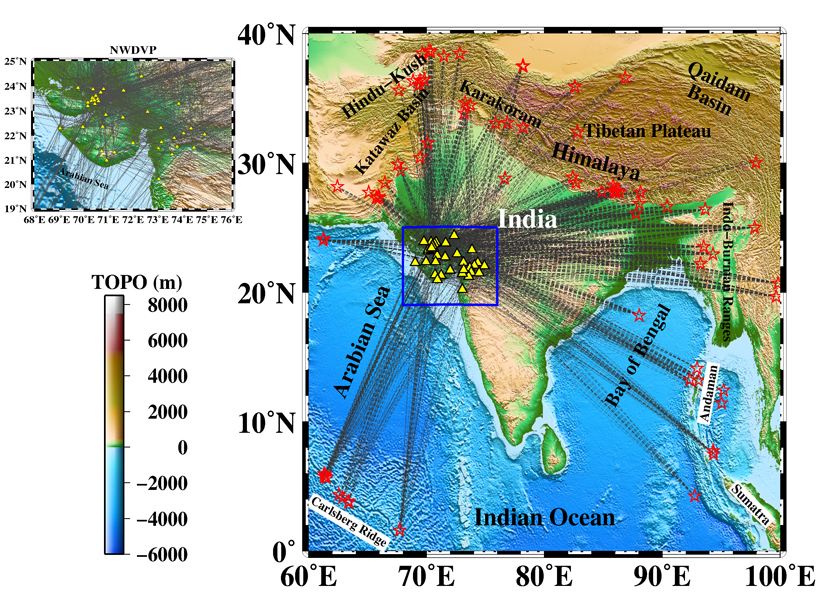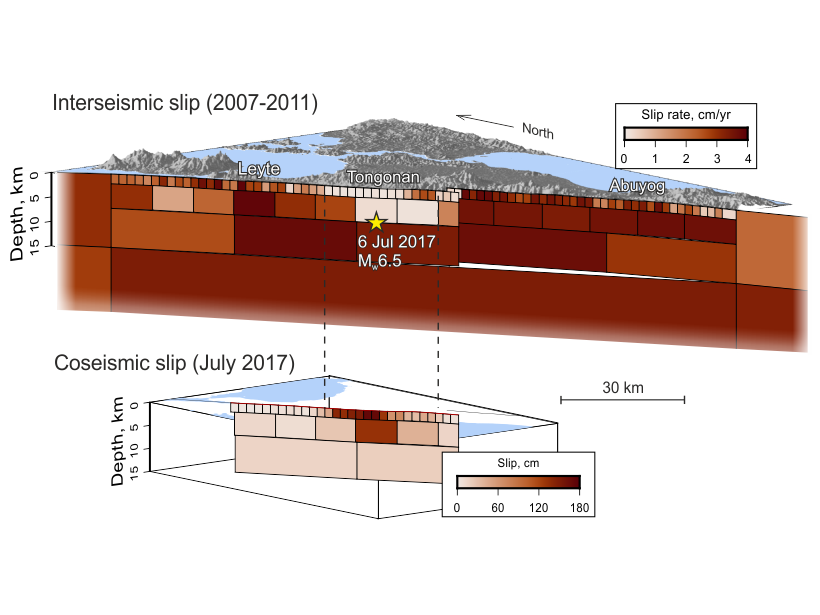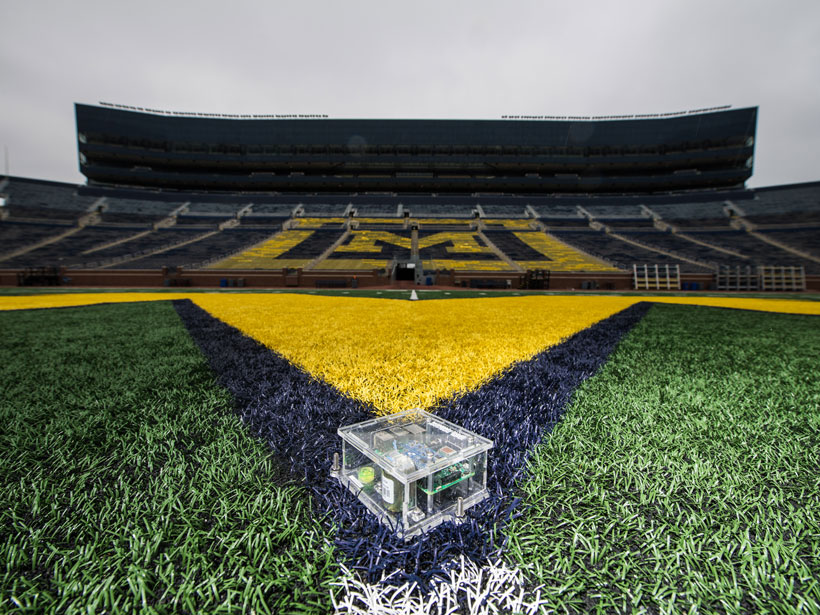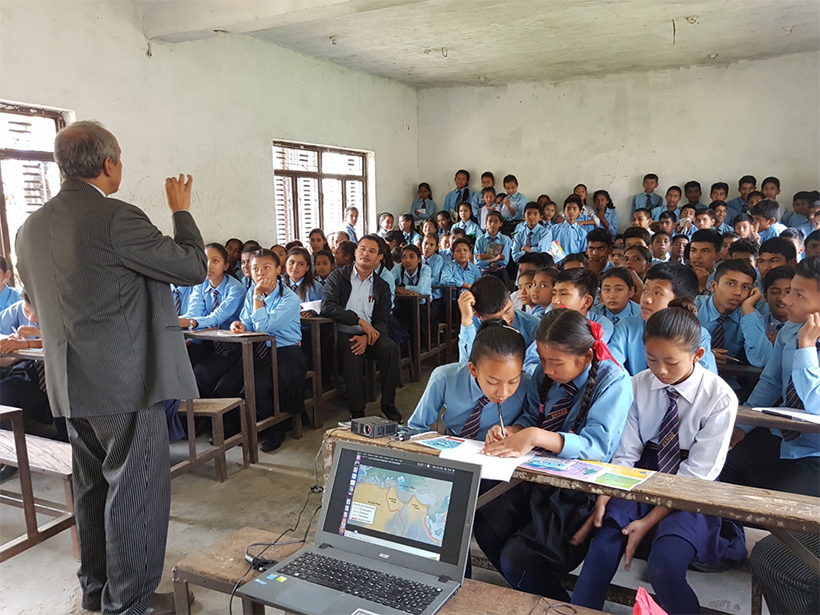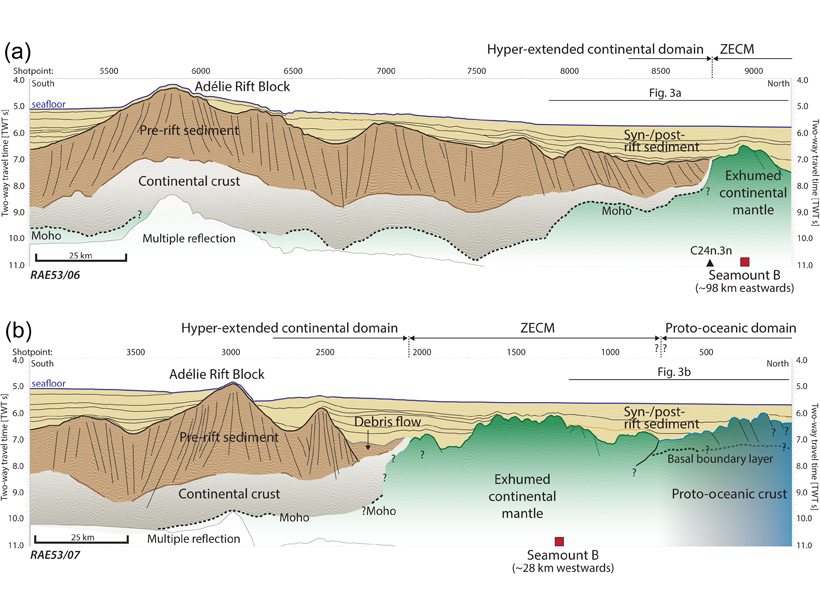Seismic velocity patterns beneath the Deccan Traps region in western India reveal its volcanic history.
seismology
A New Picture of Seismogenesis on the Philippine Fault
Long-time series of satellite observation reveal that the creeping segment of the Philippine Fault is also capable of producing strong earthquakes, and show where these earthquakes might occur.
Students Monitor Campus Noise in Seismic Silence
Researchers are engaging their students with low-cost seismology research to monitor local noise on campus.
Geologists to Shed Light on the Mantle with 3D Model
The model, which will incorporate 227 million surface wave measurements, could help with everything from earthquake characterization to neutrino geosciences.
A Pandemic Pivot in Earth Science Outreach and Education
For some educators, restrictions imposed by COVID-19 created space for innovation and affirmed the value of online tools and learning environments for increasing access to and engagement with science.
Laike Mariam Asfaw (1945–2020)
An ambassador for African geosciences and for Ethiopia, this celebrated geophysicist will be remembered for his contributions in research as well as his steadfast support of colleagues.
Southern California’s Crustal Motion Tells of Earthquake Hazards
Precise measurements of the Earth’s vertical surface motion help to elucidate the hazards of faults in an earthquake-prone region.
Ross Receives 2019 Keiiti Aki Early Career Award
Zachary E. Ross received the 2019 Keiiti Aki Early Career Award at AGU’s Fall Meeting 2019, held 9–13 December in San Francisco, Calif. The award recognizes “scientific accomplishments in the field of seismology.”
Trayendo la Educación Sobre Terremotos a las Escuelas de Nepal
El programa de Sismología en la Escuela en Nepal, tiene como objetivo preparar a las comunidades rurales para el próximo gran terremoto.
New Data from Earth’s Largest Non-Volcanic Rift Margin
Seismic reflection images combined with petrological data provide new constraints on the nature of the basement in the enigmatic Australia-Antarctic oceanic-continent transition zone.

